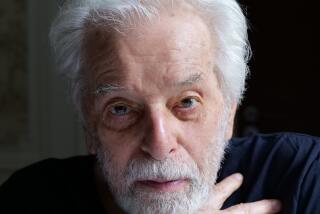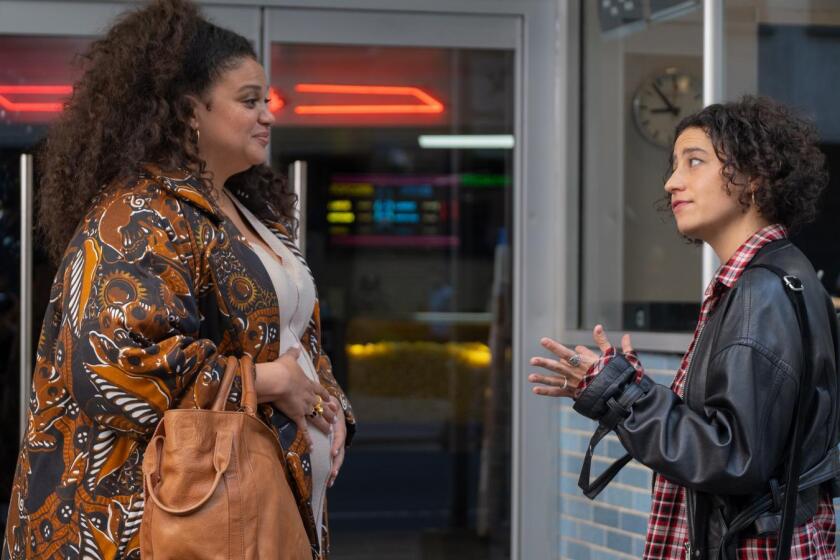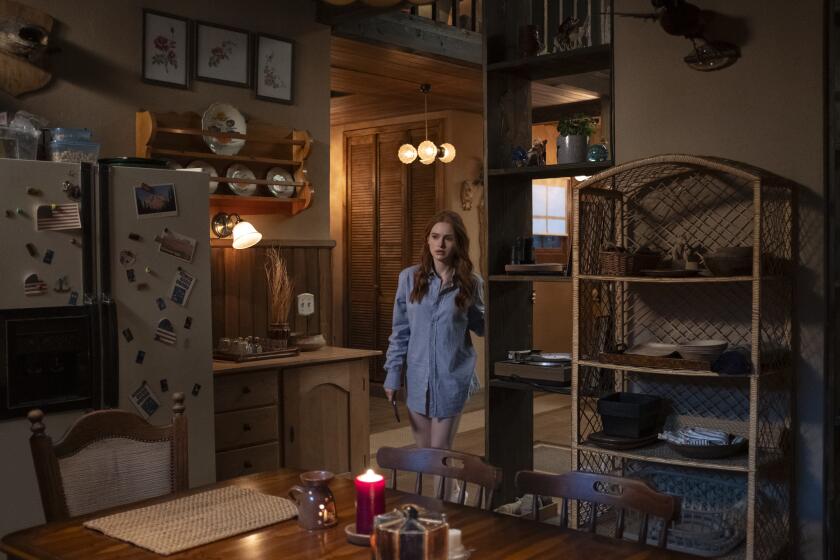UCLA series studies Dorothy Arzner films
Between her first talkie -- and fifth feature -- and her last, Dorothy Arzner developed into a skilled and sensitive director. Even though her feature directing career ended in 1943 when she was only in her mid-40s, she managed to direct 16 features within the Hollywood system, still the record for a woman. She went on to a varied, productive career in film that culminated with a teaching stint at UCLA, where she lent encouragement to a stellar student, Francis Ford Coppola. Before her death in 1979, Arzner had been rediscovered and heralded as a pioneering feminist and a lesbian heroine, although it is said she was not fond of being labeled other than as an artist trying to do her best.
The UCLA Film Archive’s “Directed by Dorothy Arzner” salute opens Friday at 7:30 p.m. in Melnitz Hall’s James Bridges Theater with that first talkie, “The Wild Party” (1929), and includes her next-to-last feature, “Dance, Girl, Dance” (1940), screening Sunday at 7 p.m.; the similarities and differences between the two are revealing. In style and technique and in directing actors, Arzner had grown immeasurably. What was distinctive about her from the start was the ease with which she depictured warm supportiveness and loyalty among women.
“The Wild Party” captures the tag end of the Roaring ‘20s. Clara Bow, who epitomized the era, plays a senior at a posh women’s college who has majored in having a good time. Her carefree whoopee hits a snag when she comes up against the school’s new anthropology professor (Fredric March), who is as serious as he is handsome. What’s interesting here is that the professor shows the student that she is frittering away her potential and her inner worth.
What makes “The Wild Party” engaging is how well Bow conveys the desperation in Jazz Age gaiety.
Maureen O’Hara is top-billed in “Dance, Girl, Dance,” but it’s Lucille Ball, in a breakthrough role, who steals the show. They’re both members of Maria Ouspenskaya’s struggling Manhattan dance troupe. Demure Maureen has her sights set on ballet stardom, but brassy Lucy is delighted to settle for Hoboken burlesque stardom.
Circumstances land O’Hara in a gig that has her pirouetting to derisive audience response as a teasing prelude to Ball’s earthier routine -- although, to be sure, Ball’s stripper is in the good-humored Gypsy Rose Lee tradition of promising lots more than what she ends up showing.
“Dance, Girl, Dance” is marred by a tedious subplot involving an Akron, Ohio, playboy (Louis Hayward) who is attracted to both O’Hara and Ball. Yet Arzner deftly illuminates O’Hara’s predicament in knowing what she passionately wants to pursue while retaining realistic doubts as to whether she has sufficient talent to succeed.
More to Read
Only good movies
Get the Indie Focus newsletter, Mark Olsen's weekly guide to the world of cinema.
You may occasionally receive promotional content from the Los Angeles Times.






